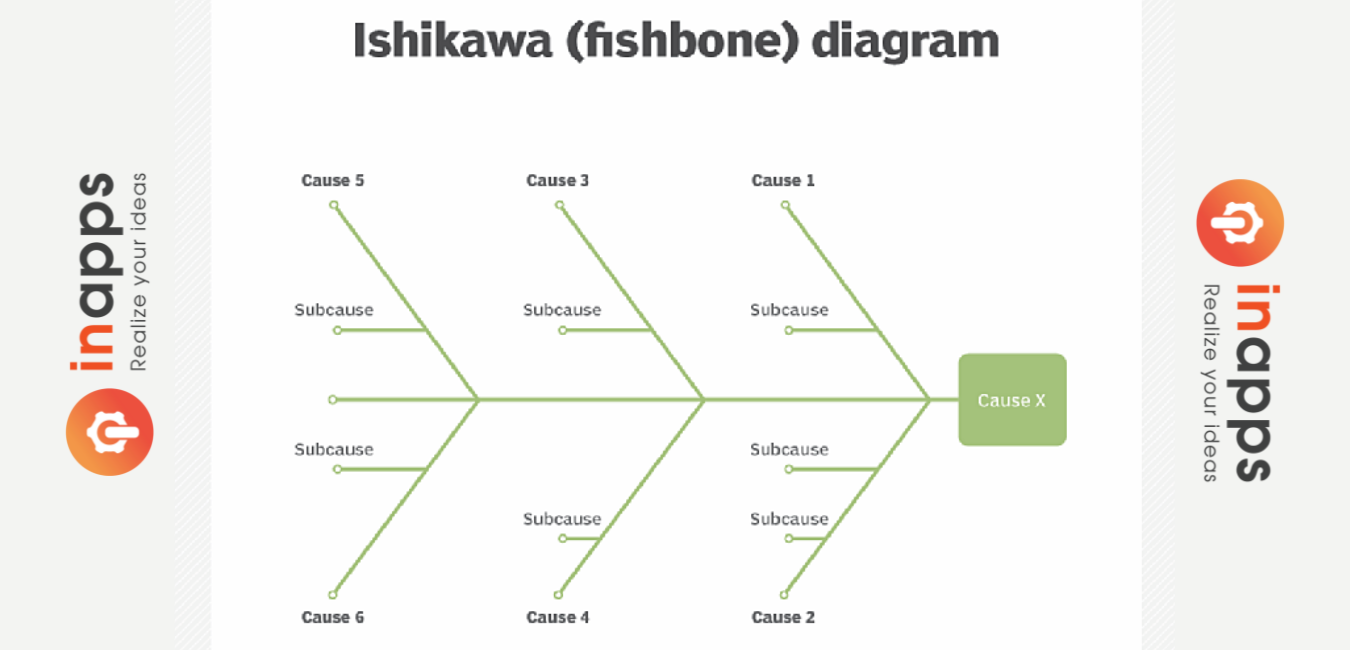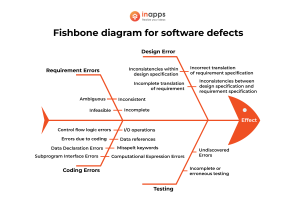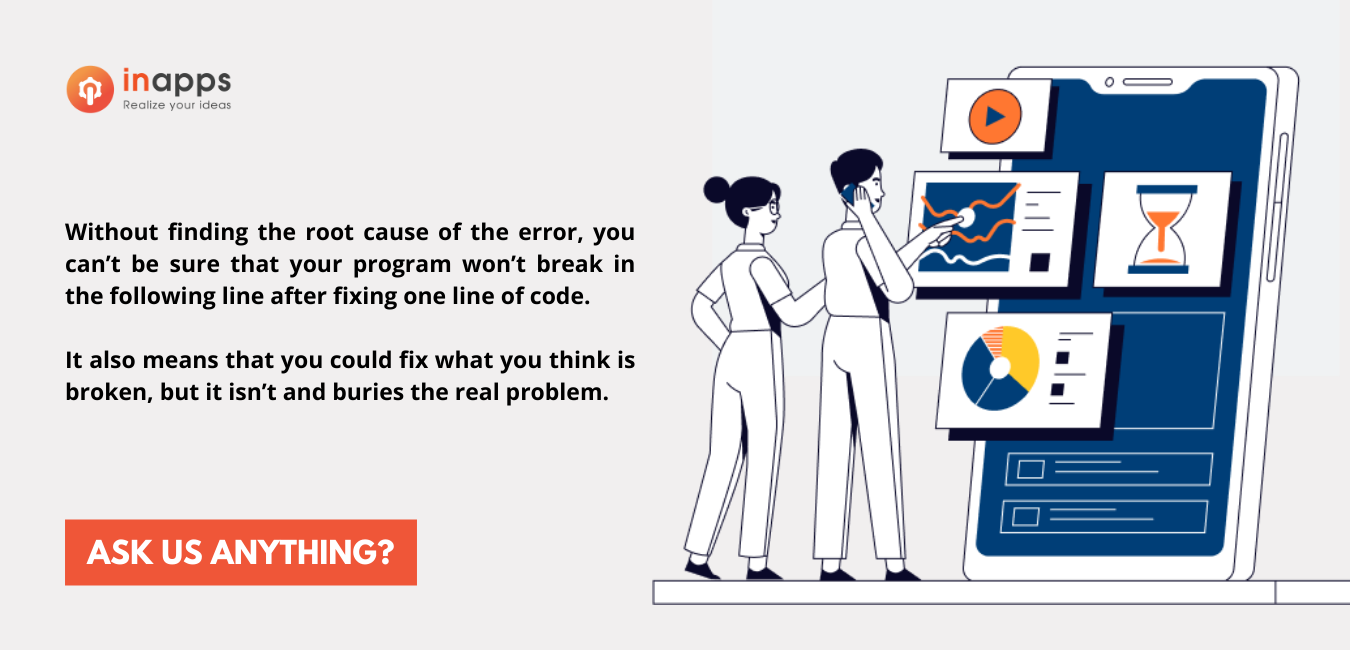- Home
- >
- Offshore News
- >
- Mastering Proactive Problem Solving: A Guide for Today’s Tech Companies
Today’s tech companies face many challenges, such as rising expectations from users, fast changes in technology, and tough competition. Because of this, managers and IT professionals often focus on using technology for proactive problem solving.
However, many companies still don’t have a clear plan to handle issues effectively. They need to find the main causes, fix them, check the results, and learn how to do their jobs better every day. This is where good strategies for proactive problem solving are important.
To avoid problems, it’s crucial to be ready for any situation. This blog post will talk about the importance of proactive problem solving and how to do it quickly, creatively, and permanently.
Key Summary
1. What is Proactive Problem-Solving?
– Prevents issues by addressing root causes through planning and preparation.
– Proactive teams anticipate challenges and maintain contingency plans.
– Benefits: Reduces disruptions, boosts productivity, and ensures client satisfaction.
2. Building a Proactive Team
– Identify Root Causes: Use tools like fishbone diagrams to pinpoint and fix issues.
– Determine Solutions: Resolve and prevent issues via team collaboration and stakeholder input.
– Open Communication: Set clear goals, encourage feedback, and foster discussions for improvement.
1. What is proactive problem-solving?
Proactive problem-solving is a strategy that focuses on preventing issues before they arise. It targets the root causes of potential problems rather than merely addressing their symptoms. This approach emphasizes planning and taking preventive measures well in advance.
In a practical setting, a proactive development team doesn’t just react to issues as they come. Instead, they actively seek out potential challenges and address them early on. This proactive approach ensures that every team member is prepared to handle unexpected issues. They are trained extensively and always have a contingency plan ready.
The advantages of proactive problem-solving are manifold. Firstly, it minimizes disruptions, maintaining the team’s productivity and output. Secondly, it allows the organization to stay ahead of the competition by mitigating risks before they can affect the workflow. This not only leads to higher client satisfaction but also contributes to the long-term success and resilience of the team.
2. How to build a proactive problem-solving team

Problem-solving teams are created to work together permanently
2.1 Identify root causes
Identifying root causes is a crucial step in proactive problem-solving. When a team pinpoints the fundamental cause of a defect, they can fix it directly and prevent it from recurring.
For instance, in proactive problem management, if a defect stems from a design error, developers can scrutinize the design and requirements documentation to make necessary corrections. Similarly, if the defect arises due to a mistake in testing, developers can refine the test cases and metrics.
Thus, a team skilled in proactive problem-solving is adept at recognizing and addressing the root causes of issues. This ability is key to preventing future problems and enhancing system reliability.
Types of defect
- Errors, Omissions, or Gaps in the Original Requirements: These defects can occur if a requirement is overlooked or incorrectly written. They also arise when the needs of stakeholders are not fully understood or when there is a miscommunication with developers.
- Errors in Design or Architecture: These issues happen when software designers create an inefficient algorithm or process. Problems also arise if the algorithm does not deliver results with the required accuracy.
- Errors in Coding or Implementation: These include traditional bugs that can result from anything from missing brackets to inadequate error handling.
- Errors in Test Planning or Test Execution: These defects occur due to inadequately tested features and functions, leading to unresolved issues in the final product.
- Errors in Deployment: An example of such a problem is allocating insufficient VM resources, which can lead to performance issues.
- Errors in the Processes or Policies Governing the Development Cycle: These defects can emerge when teams get sign-offs or approvals without thorough reviews in design, coding, or testing.
Approaches to root cause analysis

The Fishbone diagram is one of the most popular techniques.
A fishbone analysis, also known as an Ishikawa diagram or a cause-and-effect diagram, is intended to assist analysts in visualizing a root cause by categorizing potential reasons into categories that branch out from the initial issue. The resultant graphic resembles a fish skeleton, thus the name.
The underlying problem or issue is usually written at the “head” of the fish. The “bones” are categories of possible causes. Then we can find out the principal reasons under each group; if necessary, the diagram might include secondary and tertiary factors.

Use fishbone diagram to identify root causes of software defects
Learn more: When do you need to hire a professional software QA team?
2.2 Proactively determine solutions
Once the issue is identified, it’s crucial to develop a solution. It’s easy to become overly focused on identifying issues, sometimes neglecting the importance of crafting solutions.
When addressing a problem, consider two key factors: resolving the issue and preventing its recurrence. We’re all familiar with “hotfixes” that become permanent and accumulate technical debt.
To begin, solutions should be discussed among team members to ensure everyone understands the issue from the stakeholders’ perspectives and connects the solution to their pain points. Proactively communicating with stakeholders early in and throughout the implementation process helps build trust and enthusiasm for the solutions proposed. This ongoing dialogue is vital for aligning the team’s actions with stakeholder expectations and ensuring the effectiveness of the solutions.
2.3 Empower open communication and ongoing feedback
Proactive problem-solving begins with getting everyone on the same page about an overall plan for how you’re going tackle the project. This includes setting specific goals and objectives. Hence, communication is key here. Be sure that everyone knows their role and what they are expected to do throughout the entire project life cycle.
The evolution of management is an ongoing process of open communication and feedback. Team members will receive the support needed for any improvements or changes in direction from management if necessary.
- Feedback from all members of the development group should be given regularly, even if it’s negative or positive. Developing a clear feedback process with the team puts everyone on the same playing field for future progress.
- Encourage open communication among peers by making space for discussion in meetings. The team may focus on what went right and wrong in a productive and non-occupational way through meetings.
- Encourage members of the team to ask questions. Never disregard a question or make someone feel insufficient for posing one. Questions contribute to critical explanations, discoveries, and, in many cases, process improvements that the team would not have identified otherwise.
4. Characteristics of InApps’ proactive problem-solving team
We win our client’s trust with high skills, market knowledge, well-communication, and 24/7 dedicated support.

Proactive Problem Management
4.1 Flexible approach
We provide each of our clients with a unique custom solution. We always have meetings to deeply understand our client’s business models and requirements or the pain points before making the proposals.
With InApps, clients can participate in projects by prioritizing, defining functions, developing iteration plans and reviews, and developing software versions that incorporate new features.
4.2 Proactive support
We handle issues and fix urgent to minimize complaints. Our software development team uses platforms like Slack for internal conversations between meetings. When we require the client’s feedback, we use technologies like Basecamp to facilitate communication proactively.
This is also useful if the client needs to bring anything to our notice for discussion. We can communicate, ensure information is distributed, and plan spontaneous conversations to walk through more complex issues.
4.3 High troubleshooting skills
Need to fix bugs to launch your web/app as soon as possible? We offer dedicated teams with proactive troubleshooting skills to quickly fix all your urgent issues. Trust and high technical skills are the factors that made InApps build a successful high-performing offshore team.
4.4 Rapid response & quickly fix all urgent issues
We have a unique program to train talents to become a SWAT team that works effectively with clients. Our offshore team quickly solves the problems from the root causes and responds to the client within 24 hours.
Read more: InApps’ Automation Management: Proactive Solution for Software Development
Let’s create the next big thing together!
Coming together is a beginning. Keeping together is progress. Working together is success.






















